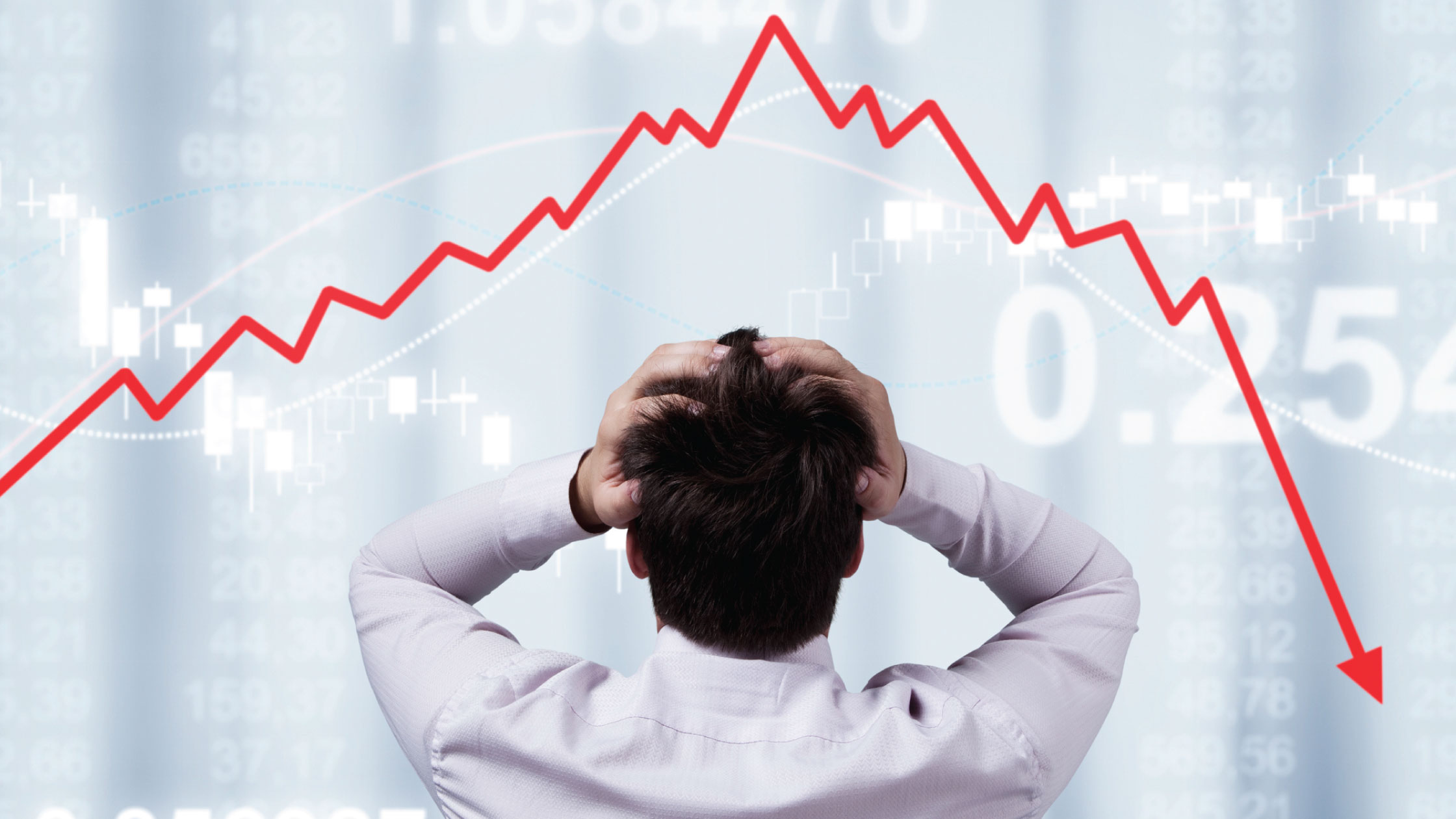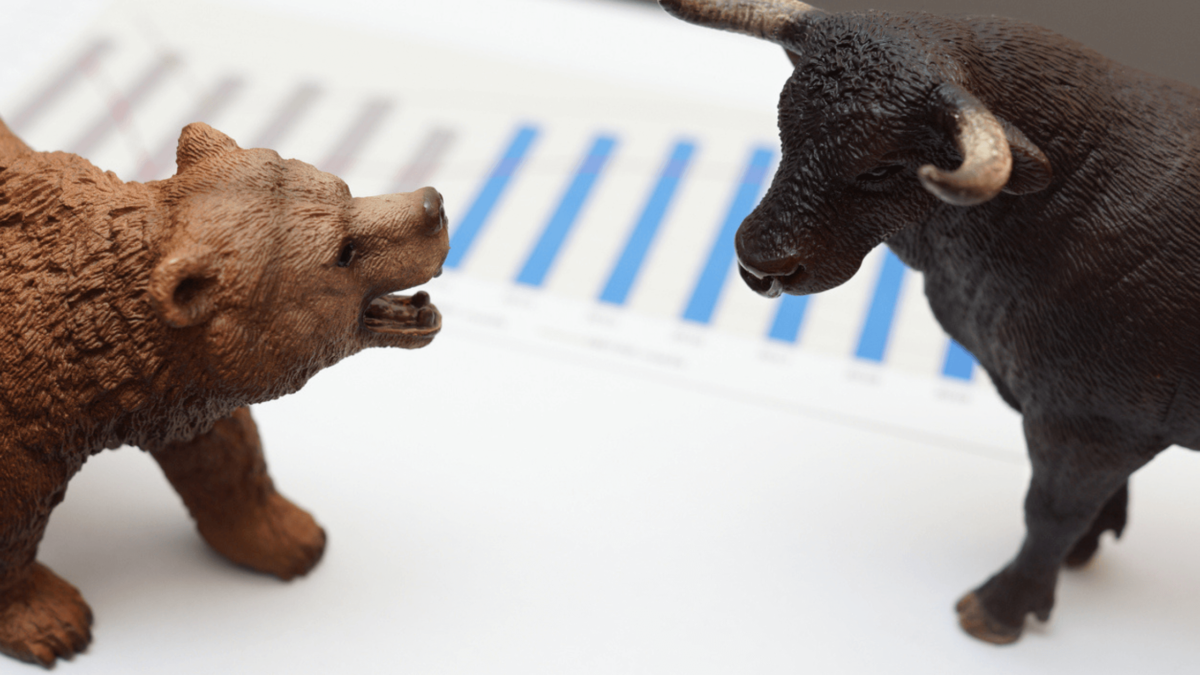Another Market “Head Fake”: Investors Should Watch Rising Rates
September 12, 2022

The peak inflation story
Every couple of weeks, we see this stock market narrative returning. Essentially, “peak inflation” is used to attempt to lead US equities out of the downtrend they have been on since January.
So far, the attempts have been unsuccessful, with the S&P 500 Index still on a downtrend channel.
The flipside of the stocks downtrend has been the US Dollar uptrend. Some Dollar weakness late last week prompted speculation over whether this is the turning point for its strength.
Here, the “peak inflation” narrative morphs into a “peak interest rate” narrative. And peak US interest rate equals peak Dollar strength.
Yes, this is a late-stage Dollar bull, but I doubt this is the end. As they say in US sports, this is a false feign – a “head fake” if you will.
Just keep your eye on those rising rates. They will likely continue to suppress US stocks and boost the Dollar.
Another bounce in US stocks
Another predicted countertrend bounce in US equities. The S&P 500’s fightback last week at the 3,900-4,100 region was technically driven and was not surprising.
My focus remains on the downtrend line from January which continues to suppress these bounces (see chart below).

Sources: CGS-CIMB Research, Refinitiv
Rewind to the 5th September edition of Big Money where I wrote:
“After heavy sell-offs, such as those of the past two weeks, there could be a bit of a fightback around the current level of 3,924.
This approximates the convergence of a horizontal support region around 3,900 and the 23.6% Fibonacci retracement of the January to June decline, which is located at 3,916.”
And that was how it played out last week, with the S&P 500 bouncing 3.7%, off a low of 3,887.
A lot of disconnected narratives tried to explain the bounces in all sorts of things from US equities to corporate bonds to Bitcoin to currencies such as the AUD.
One narrative that sought to tie it all together was that the threat of rising rates was fading. Hence, the weaker US Dollar, stronger “risk currencies” such as the AUD, the rally in stocks and bonds, and even a stronger Bitcoin.
While I do not rule out the possibility of any one of these narratives turning out right, let’s just say there are strong reasons to question their logic.
Technical bounce doesn’t mean new bull market
It’s technical, my dear Watson. Rather than “elementary”, as Sherlock Holmes might have said to his sidekick John Watson, my explanation is one I have used often before.
That is, that this is yet another technically-driven “ocean of the motion” phenomenon – near-term ebbing and flowing of sentiment.
The S&P 500 Index had gone, after some three weeks of selling, from near-term overbought to near-term oversold.
But within a few more weeks, those same technical indicators are likely to switch back to overbought, setting the stage for the next downturn.
For directionality, investors should look to fundamentals, which argue there is more downside risk ahead for US and other Developed Market risk assets.
That is, these short cycles going from overbought to oversold to overbought are likely to eventually take the market to lower levels on a downtrend channel.
Lower inflation could support risk
Lower inflation data, set to be released this week, could continue the risk-on mood.
The supporting narrative for the “risk-on” rally could get a boost from the August CPI data due on 13 September.
The Cleveland Fed’s Inflation Nowcasting Model is expecting an easing in the headline (all-items) rate from 8.5% in July to 8.24% in August.
The market consensus is expecting 8.1%. Set against a high of 9.1% year-on-year (y/y) for June, this will feed the “peak inflation narrative”.
But that has been, and continues to be, driven to a significant extent by the decline in US gasoline prices. While inflation has eased, the threat posed by it has not necessarily eased.
The global energy balance remains very tight going into the northern winter, with the possibility of an Iran deal offset by the threat of a total cessation of Russian exports to Europe.
In any event, 8.1% is hardly a level at which the Fed would say “mission accomplished”.
Demand remains a potent driver of prices. The idea that this inflation is supply-side driven – caused specifically by energy, food and disrupted supply chain issues that will eventually fix themselves – is over simplified.
The source of this inflationary episode is to be found in a combination of the greatest monetary and fiscal stimulus since World War 2. That’s combined with unprecedented supply chain disruptions. So, there are both demand and supply drivers.
Data released last week showing US households grew expenditure in 2021 by 9.1% over 2020 is telling.
This is the highest ever growth figure in the data series. Against that, average income per consumer unit, before taxes, grew only 3.7%.
There is a risk of a feedback loop between inflation, higher household expenditure, and yet higher inflation.
The problem of rising wages and low productivity
Another complication is falling labour productivity. This has fallen from +3.9% y/y in 1Q21 to -2.4% y/y in 2Q22.
I wrote last week of how despite a slight easing in the month-on-month (m/m) change for average hourly earnings, y/y wage inflation remained stubbornly at 5.2% since June.
But there is a deeper problem in the relationship between US wages and inflation – one that takes into account labour productivity.
When adjusted for productivity, the wage inflation problem looks even more threatening. Labour productivity has just seen its deepest contraction since the start of the data series after the Second World War.
So, the labor productivity-adjusted wage inflation (using average weekly earnings) is now at 7.9% y/y, which is the highest recorded since October 1979.
And this has a relationship to inflation (see chart below). So, there is an added risk from the growth in wages, in excess of productivity, feeding into inflation.

Sources: CGS-CIMB Research, U.S. Bureau of Labor Statistics, Average Weekly Earnings of Production and Nonsupervisory Employees, Total Private [CES0500000030], retrieved from FRED, Federal Reserve Bank of St. Louis; https://fred.stlouisfed.org/series/CES0500000030, September 10, 2022.
What can drive a new bull market in US stocks?
For a new bull market to form, some combination of the following is likely to be needed to mark a bottom in the decline in US equities:
- A new rate cutting cycle: Given the still complex inflation threat, it is unlikely rate hiking will stop yet. Further, the peak rate will likely remain in place for quite some time, even after the rate hiking cycle stops.
- A cyclical bottom in valuations: We are not there yet. The forward price-to-earnings (PE) ratio for the S&P 500 Index is currently around 17x. The average since 1982 is around 15x. Recent bear market cyclical lows have ranged from 10x to 15x.
- A revival in earnings growth: That too appears unlikely given rising rates. S&P 500 earnings growth estimates for this year have eased from 10% earlier in the year to around 8% now. The full-year earnings estimate for the Nasdaq-100 has fallen sharply since June.
Meanwhile, the US Dollar is likely headed yet higher. We had a sell-off in the Dollar late last week, on overbought technical indicators on the daily chart.
But on the weekly chart view, it still looks like a correction within an uptrend. And it all goes back to rates.
If the Fed is done with rate hikes, the Dollar bull is also done. It is simply about the relationship between Fed rates, the 10-Year US Treasury yield and the DXY (see chart below).
For the reasons outlined above, I don’t think the Fed is done yet with rate hikes.

Sources: CGS-CIMB Research, Refinitiv
Say Boon Lim
Say Boon Lim is CGS-CIMB's Melbourne-based Chief Investment Strategist. Over his 40-year career, he has worked in financial media, and banking and finance. Among other things, he has served as Chief Investment Officer for DBS Bank and Chief Investment Strategist for Standard Chartered Bank.
Say Boon has two passions - markets and martial arts. He has trained in Wing Chun Kung Fu and holds black belts in Shitoryu Karate and Shukokai Karate. Oh, and he loves a beer!






